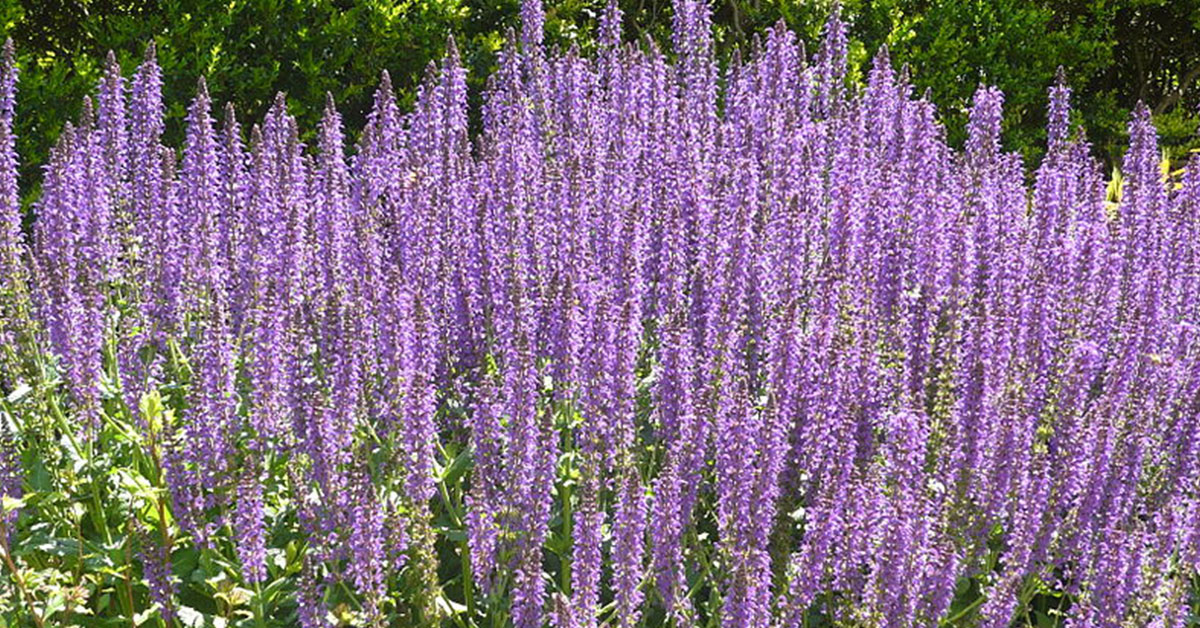Growing potatoes can be an incredibly rewarding experience, whether you’re an experienced gardener or just starting out. These versatile tubers are not only a staple in many diets but also relatively easy to grow with the right knowledge and care. However, like any crop, potatoes come with their own set of questions and challenges. Understanding how to properly plant, nurture, and harvest your potatoes can make all the difference in achieving a bountiful yield.
In this article, I’ve gathered the top ten questions about growing potatoes and provided detailed answers to help you cultivate healthy, productive plants. From soil preparation to pest management, these expert tips will guide you through the entire growing process. Let’s dive into the wonderful world of potatoes and get your garden off to a great start!
What Is the Best Time to Plant Potatoes?
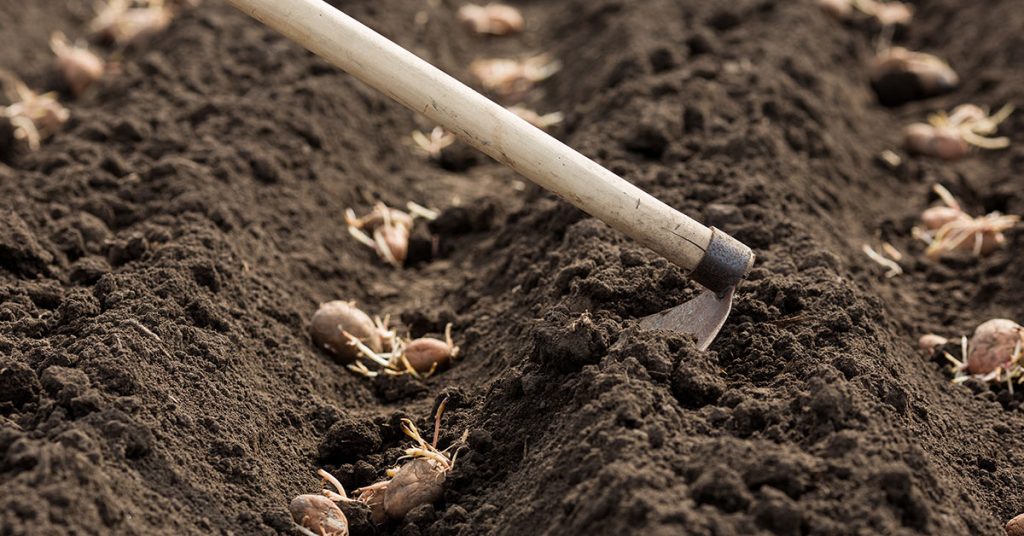
The best time to plant potatoes depends on your local climate, but generally, they are planted in early spring, a few weeks before the last expected frost. Potatoes thrive in cooler temperatures, and planting them too late can result in smaller yields or tubers that are damaged by heat. In most regions, planting can begin as soon as the soil can be worked and has warmed to at least 45°F (7°C).
If you live in a warmer climate, you may also plant potatoes in late summer or early fall for a second harvest. This timing allows the tubers to mature in cooler autumn temperatures, which can improve the quality and storage life of your potatoes. Always choose disease-free seed potatoes and allow them to sprout before planting to ensure the best start for your crop.
How Should I Prepare the Soil for Potatoes?
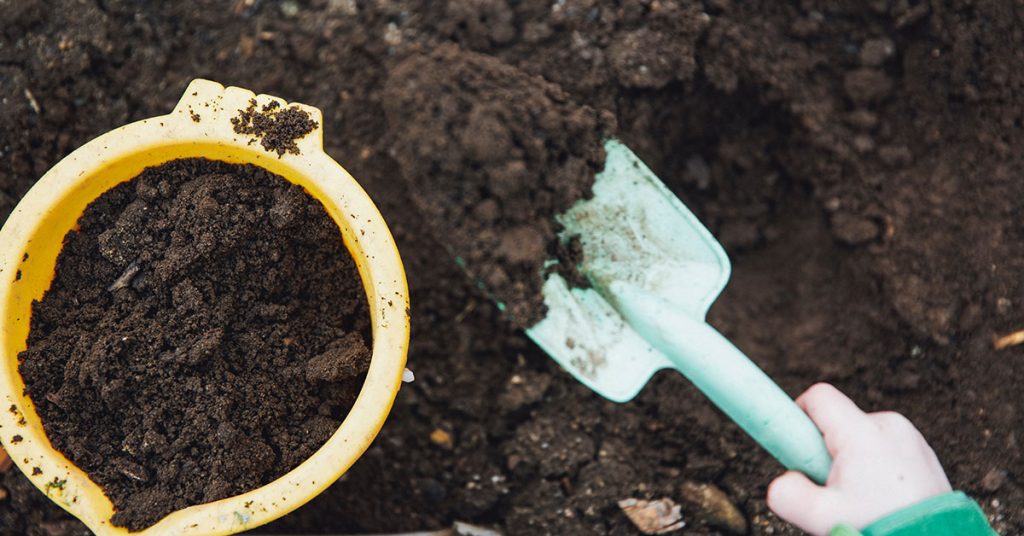
Potatoes prefer well-drained, loose soil that is rich in organic matter. Before planting, prepare the soil by working in plenty of compost or well-rotted manure. This improves soil fertility and structure, providing the necessary nutrients for healthy potato growth. Avoid using fresh manure, as it can lead to scab disease on the tubers.
The ideal pH for growing potatoes is between 5.0 and 6.0. Conduct a soil test to determine the pH and nutrient levels. If the soil is too alkaline, you can lower the pH by adding sulfur or organic matter. Make sure the planting area receives full sun and has good air circulation to reduce the risk of disease. Preparing your soil properly is a crucial step in ensuring a successful potato harvest.
How Deep Should I Plant Potato Seeds?
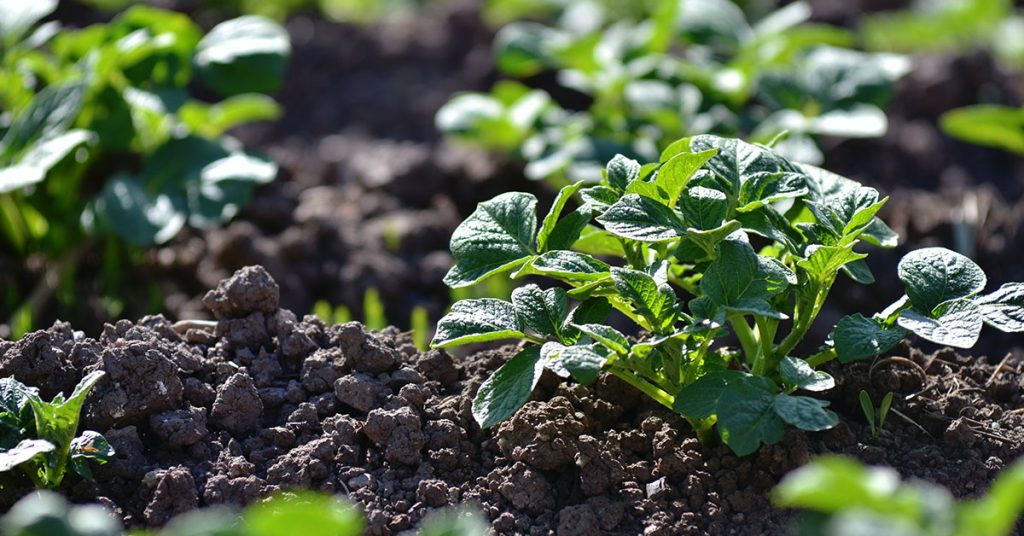
Planting depth is critical for potatoes. Seed potatoes should be planted about 4 inches deep in trenches or holes. As the plants grow, you will need to mound soil around the stems to keep the developing tubers covered. This process, known as “hilling,” protects the tubers from sunlight (which turns them green and toxic) and helps support the plants.
Initially, space the seed potatoes about 12 inches apart in rows that are 24-36 inches apart. Once the plants reach about 6-8 inches in height, begin hilling by pulling soil from between the rows and piling it around the base of the plants. Repeat this process every few weeks, or whenever the stems grow another 6-8 inches. Proper planting depth and hilling are essential for a healthy potato crop.
How Often Should I Water My Potatoes?
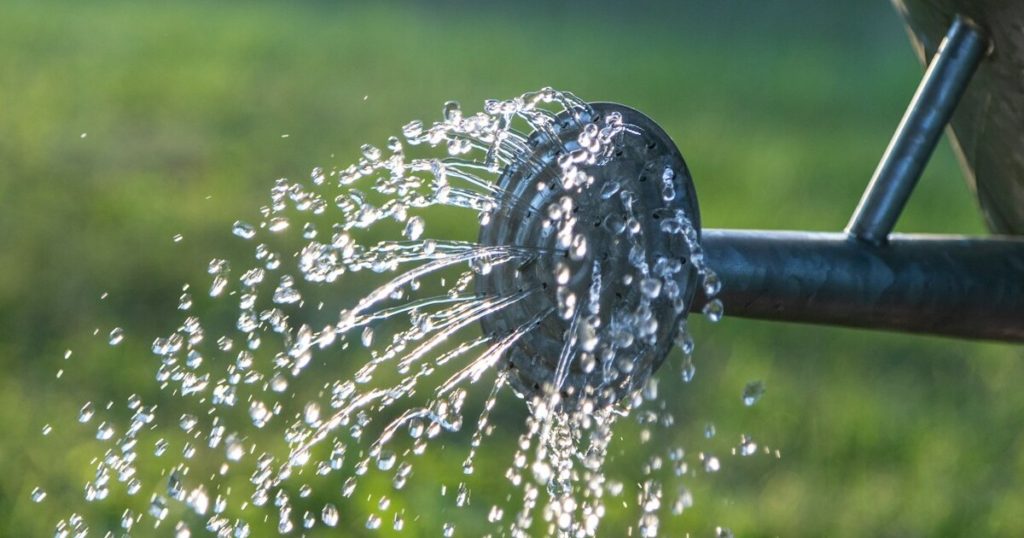
Potatoes require consistent moisture to grow well, but overwatering can lead to diseases such as rot and blight. Generally, aim to provide about 1-2 inches of water per week, depending on rainfall and soil conditions. Water deeply and less frequently to encourage strong root development, which helps the plants access water more effectively.
One of my favorite tips is to water early in the day so that the foliage has time to dry before nightfall, reducing the risk of fungal diseases. Mulching around the plants can help retain soil moisture and reduce the need for frequent watering. Be mindful of the soil moisture levels, especially during dry spells or heatwaves, to ensure your potatoes have enough water to thrive without becoming waterlogged.
What Are the Common Pests and How Do I Control Them?
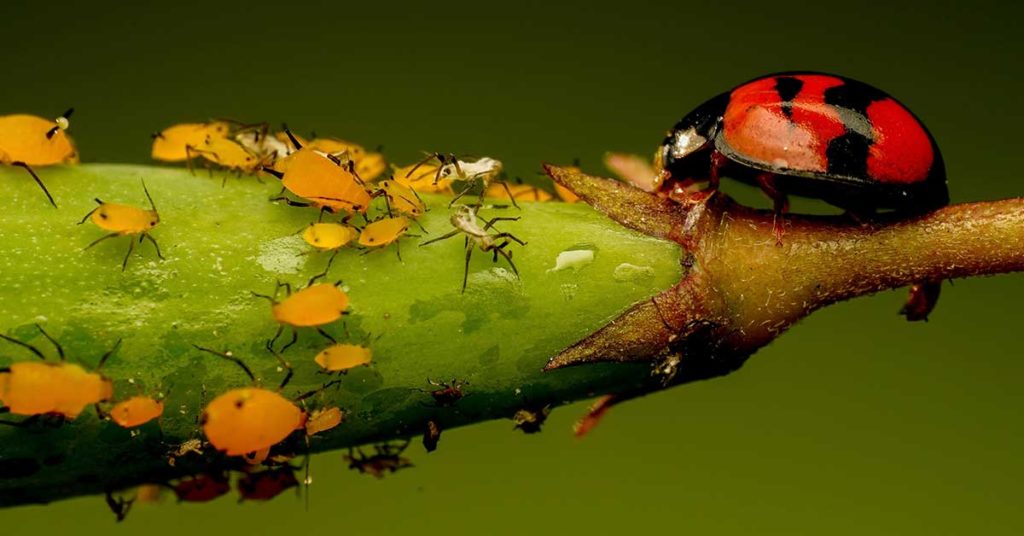
Potatoes can attract various pests, including Colorado potato beetles, aphids, and wireworms. Regularly inspect your plants for signs of pest activity, such as holes in the leaves, wilting, or yellowing foliage. Handpicking beetles and larvae from the plants is an effective control method for small gardens. For larger infestations, consider using organic insecticides like neem oil or insecticidal soap.
Introducing beneficial insects, such as ladybugs and lacewings, can help control aphid populations naturally. Crop rotation is also a key strategy for managing pests; avoid planting potatoes in the same location each year to disrupt pest life cycles. By staying vigilant and employing a mix of preventative and reactive measures, you can keep your potato plants healthy and pest-free.
How Can I Prevent Potato Diseases?
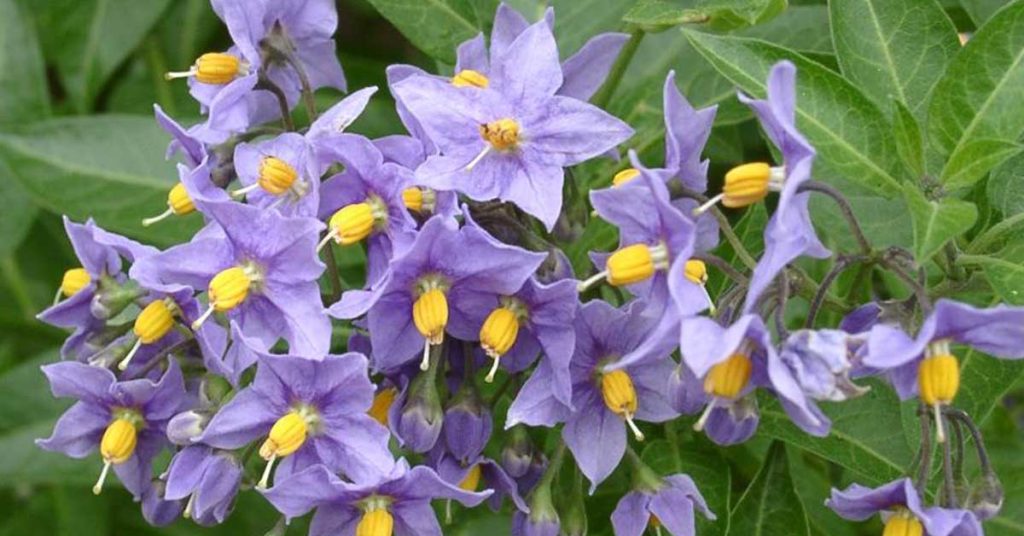
Potato diseases, such as blight, scab, and blackleg, can significantly impact your harvest. Preventing these diseases starts with selecting disease-resistant varieties and using certified seed potatoes. Avoid planting potatoes in areas where other nightshade family crops (like tomatoes and eggplants) have grown in the past two years, as they can harbor the same pathogens.
Proper spacing and hilling can improve air circulation around the plants, reducing the likelihood of fungal diseases. Water at the base of the plants rather than overhead to keep the foliage dry. If you notice signs of disease, remove and destroy affected plants immediately to prevent the spread. Practicing good garden hygiene and crop rotation are crucial steps in disease prevention.
When and How Should I Fertilize My Potatoes?
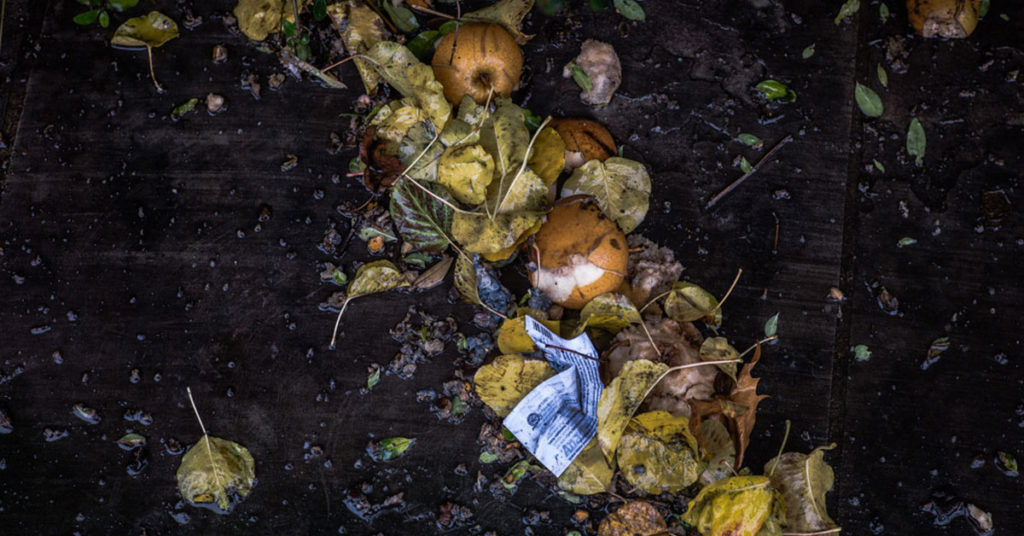
Fertilizing potatoes helps ensure they have the nutrients needed for vigorous growth and high yields. Start by incorporating a balanced fertilizer or organic matter into the soil at planting time. As the plants grow, you can apply a side-dressing of fertilizer when the plants are about 6 inches tall and again just before they flower.
Use a fertilizer that is lower in nitrogen and higher in phosphorus and potassium, as too much nitrogen can lead to excessive foliage growth at the expense of tuber development. Compost tea or fish emulsion are excellent organic options that provide a steady supply of nutrients. Always follow the recommended application rates to avoid over-fertilizing, which can harm your plants and reduce yields.
How Do I Know When My Potatoes Are Ready to Harvest?
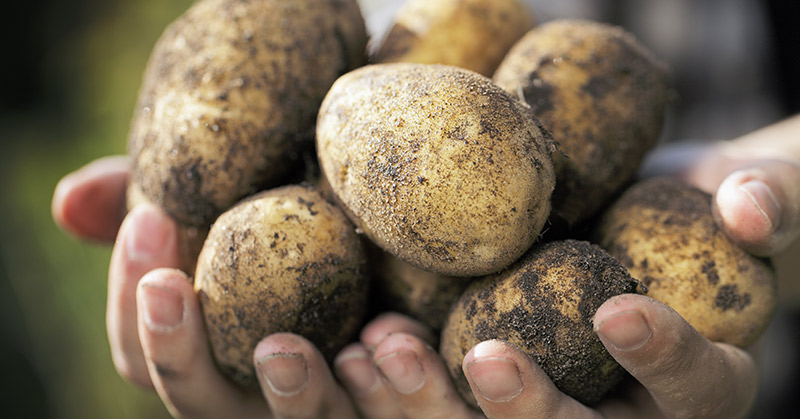
Knowing when to harvest your potatoes is key to getting the best quality and flavor. For new potatoes (small, tender potatoes), you can start harvesting about 2-3 weeks after the plants have finished flowering. Gently dig around the base of the plants to find the small tubers, being careful not to damage them.
For mature potatoes, wait until the foliage has died back and turned yellow. This typically occurs about 2-3 weeks after flowering. Carefully dig up the plants and allow the potatoes to dry on the soil surface for a few hours before storing them in a cool, dark place. Proper timing ensures that your potatoes are fully developed and ready for long-term storage.
How Should I Store My Harvested Potatoes?

Proper storage is essential to keep your harvested potatoes fresh and edible for months. After harvesting, cure the potatoes by laying them out in a cool, dark, and well-ventilated place for about 1-2 weeks. This process allows the skins to toughen and any minor cuts to heal, reducing the risk of rot during storage.
Once cured, store the potatoes in a cool (40-50°F or 4-10°C), dark, and humid environment, such as a basement or root cellar. Keep them in a breathable container like a burlap sack or a wooden crate to allow air circulation. Avoid storing potatoes near onions, as they release gases that can cause the potatoes to sprout. Regularly check your stored potatoes for any signs of spoilage and remove affected tubers to prevent the spread of rot.
What Varieties of Potatoes Should I Grow?

The variety of potatoes you choose to grow depends on your culinary preferences and growing conditions. For example, Russet potatoes are excellent for baking and frying due to their high starch content and fluffy texture. Yukon Gold potatoes are versatile and have a buttery flavor, making them ideal for roasting, mashing, and boiling.
If you prefer potatoes for salads or stews, consider growing waxy varieties like Red Bliss or Fingerlings, which hold their shape well when cooked. It’s also a good idea to grow a mix of early, mid-season, and late-season varieties to extend your harvest period. Experimenting with different types can add variety to your meals and help you find the perfect potato for your garden and kitchen.










